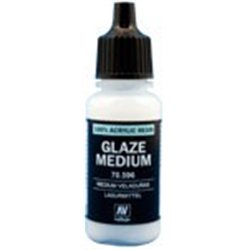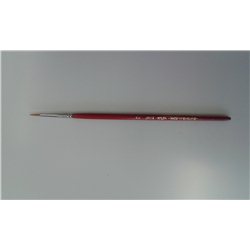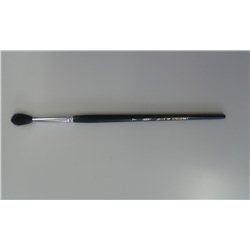Static grass puffer bottles work by manually charging model grass fibres with static electricity. When the charged...
No products
Product successfully added to your shopping cart
There are 0 items in your cart. There is 1 item in your cart.
Search Tips
How do I achieve smooth colour transitions by blending paint?
Achieving seamless colour blending is an essential skill that can elevate a model's realism and visual appeal. Mastering the art of blending allows you to create natural-looking transitions between hues, mimicking the way light and shadow interact with surfaces in the real world.
One effective technique for blending colours is the use of glazes. By thinning down paints with a glossy medium, you can create translucent layers that gradually blend one colour into another. This method is particularly useful to achieve subtle transitions on large surface areas, such as aircraft camouflage patterns or the gradual fading of colours on weathered vehicles.
Another approach you can take is the "feathering" technique, which involves carefully applying paint along the edges of contrasting colours and gently blending them together with a clean brush. This method is well-suited to create sharp yet seamless transitions, as often seen in the demarcation lines between colours on military aircraft or vehicles. If you are an experienced modeller, you may also incorporate advanced techniques like colour modulation, where multiple hues are blended together to simulate the interplay of light and shadow on curved surfaces.
Regardless of the chosen method, patience and a steady hand are essential when blending colours. Practising on scrap pieces can help you refine your brush control and develop an understanding of how different paints interact with each other. By mastering the art of blending, you can breathe life into your creations, transforming static replicas into realistic representations of the subject matter.
Click here to receive the tips weekly in your mailbox. You can unsubscribe at any time.










